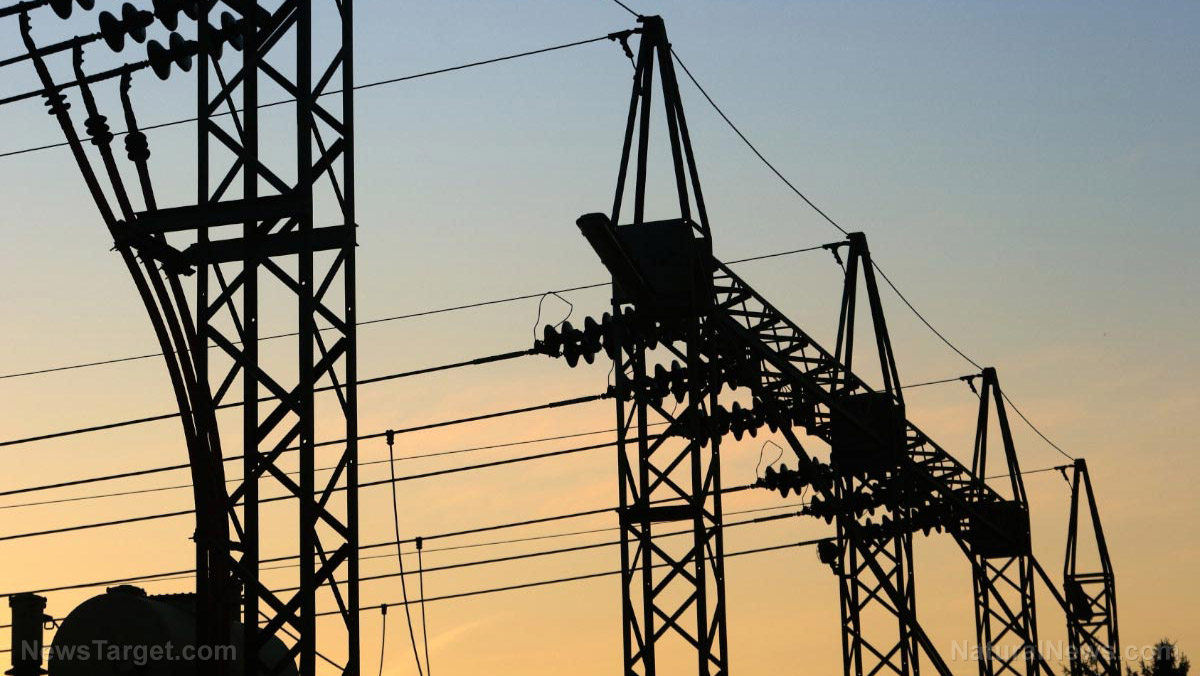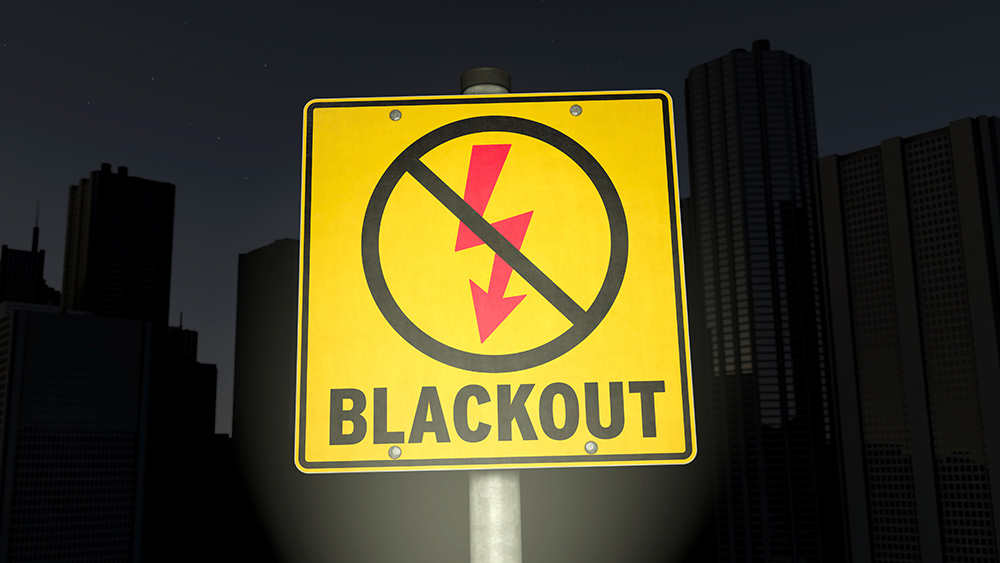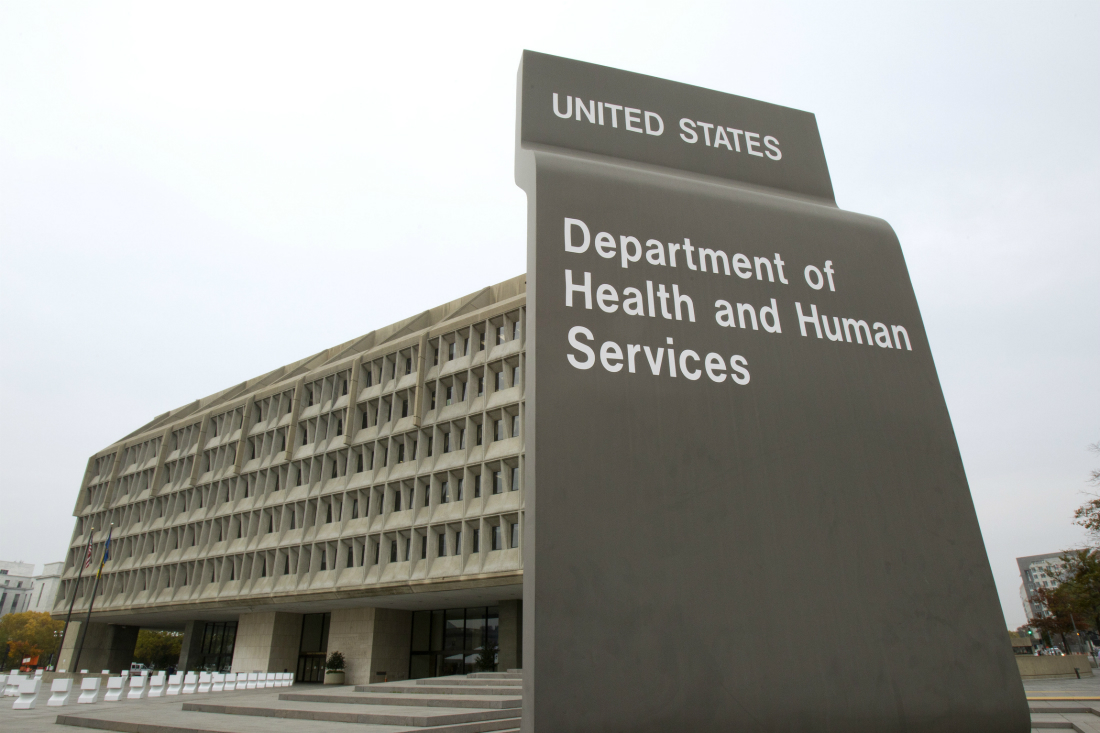Back to basics: How natural gas is saving America’s grid from collapse amid AI boom
By willowt // 2025-02-14
Tweet
Share
Copy

- PJM Interconnection, the largest U.S. power grid operator, plans to fast-track natural gas power plant construction to meet AI-driven energy demands, approved by FERC.
- The AI revolution, combined with data centers, electric vehicles and onshoring of manufacturing, is putting unprecedented strain on the U.S. power grid, leading to potential catastrophic failure without immediate action.
- Natural gas is chosen as the preferred energy source due to its ability to provide consistent, affordable power, addressing the shortcomings of unreliable renewable energy sources.
- The decision reflects a shift towards energy pragmatism, moving away from the ideological energy policies of recent years, and prioritizes grid stability, affordability and economic growth.
- The move towards natural gas is expected to lower energy costs for consumers and has already sparked optimism in the energy sector, with shares of independent power generators rising following the announcement.
The AI-driven energy crisis
The AI revolution is reshaping the global economy, but it comes with a hidden cost: an insatiable appetite for electricity. Data centers, the backbone of AI infrastructure, require a constant, reliable power supply—something intermittent renewables like wind and solar simply cannot provide. As Morningstar analyst Travis Miller noted, “Energy is one of the key inputs to running the large data centers.” This reality has forced policymakers to confront the shortcomings of the green energy transition championed by the previous administration. Under the guise of combating climate change, radical policies prioritized unreliable renewables while neglecting the need for baseload power. The result? Soaring energy costs, grid instability and a growing dependence on Chinese-manufactured green technology. “This is clearly a signal from a regulator that not all sources of power supply are created equal,” said Teri Viswanath, lead economist at CoBank ACB. Natural gas, with its ability to provide consistent, affordable power, has emerged as the clear winner in this race to secure America’s energy future.A return to energy realism
The decision to prioritize natural gas marks a stark departure from the ideological energy policies of recent years. President Donald Trump, a vocal advocate for energy independence and economic growth, has long argued for the need to build power plants alongside data centers to ensure reliability. “It’s really important that the state and federal government expedite the process for building new power generation given the demand growth that we are anticipating,” said Miller. Natural gas plants, which are cheaper and faster to build than nuclear reactors and more reliable than renewables, are uniquely positioned to meet this challenge. The move also reflects a broader recognition of the dangers posed by over-reliance on intermittent energy sources. PJM has repeatedly warned that the shift toward wind and solar increases the risk of supply shortages and blackouts during extreme weather events. By fast-tracking natural gas projects, FERC is taking a critical step toward shoring up the grid and preventing future crises.A win for consumers and the economy
While critics argue that the initiative favors specific resources and infringes on states’ rights, the benefits for consumers and the economy are undeniable. Natural gas plants will not only provide reliable power but also help lower energy costs, which have skyrocketed in recent years due to misguided green policies. “I believe it’s a win for gas projects,” said Bloomberg Intelligence analyst Nikki Hsu. “However, how much it would help alleviate the supply shortfalls by 2030 remains to be seen.” The decision has already sparked optimism in the energy sector, with shares of independent power generators like Talen Energy Corp. and Vistra Corp. rising following the announcement.A lesson from history
This shift toward energy realism is not without historical precedent. In the 1970s, the U.S. faced a similar energy crisis, driven by over-reliance on foreign oil and misguided policies. The solution then, as now, was a return to domestic energy production and a focus on affordability and reliability. Today, as America stands on the brink of an AI-driven economic renaissance, the stakes could not be higher. By prioritizing natural gas, policymakers are not only addressing the immediate challenges of grid stability but also laying the foundation for long-term economic growth and energy independence. In the words of President Trump, “Power plants need to be built alongside data centers to bypass delays and reliability issues posed by connecting to an increasingly stressed grid.” This commonsense approach is a reminder that, when it comes to energy policy, pragmatism must always prevail over ideology. As the nation looks to the future, one thing is clear: natural gas is not just a stopgap solution — it is the key to powering the next chapter of American innovation. Sources include: ZeroHedge.com Bloomerberg.com YahooFinance.comTweet
Share
Copy
Tagged Under:
glitch artificial intelligence power grid economy robots AI cyber war robotics cyborg power electricity inventions future science progress information technology natural gas computing future tech data centers energy supply fuel supply new energy report
You Might Also Like
Digital ID systems EXPOSED: Indian Post Office data breach reveals deep security flaws
By Willow Tohi // Share
SEC RETREATS: Major shift in crypto regulatory stance leads to Coinbase case dismissal
By Willow Tohi // Share
EU’s energy crisis: A path to economic ruin or a wake-up call?
By Willow Tohi // Share
I Want My Bailout Money – new song and music video released by Mike Adams
By Mike Adams // Share
Recent News
Earth-like soil patterns on Mars reveal clues to the planet’s climate history
By willowt // Share
Virologist who endorsed HCQ for COVID-19 appointed to top pandemic post at HHS
By ramontomeydw // Share










